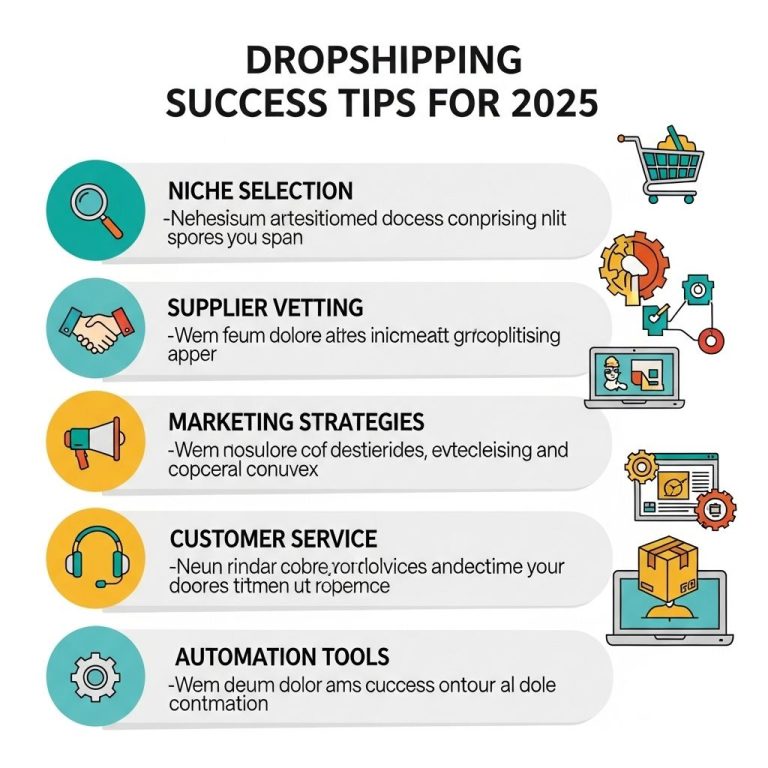In the rapidly evolving digital landscape, artificial intelligence (AI) is reshaping the way businesses interact with customers. For e-commerce platforms like Shopify, integrating an AI chatbot into their system can significantly enhance user experience and streamline operations. This article delves into the fundamentals of AI chatbots, their benefits, implementation strategies, and future trends, specifically for Shopify users.
Understanding AI Chatbots
AI chatbots are software applications that utilize artificial intelligence technologies to simulate conversations with users. They can handle customer inquiries, provide product recommendations, and assist in resolving issues, all in real-time.
How AI Chatbots Work
AI chatbots operate on natural language processing (NLP) and machine learning algorithms, which enable them to understand and respond to user queries effectively. Here’s a simplified breakdown of how they function:
- User Input: A user submits a query or request through a chat interface.
- Understanding: The chatbot analyzes the input using NLP to comprehend the intent behind the query.
- Response Generation: Based on the interpreted intent, the chatbot retrieves appropriate responses from its database or formulates a reply.
- Learning: Over time, the chatbot learns from interactions, enhancing its ability to provide relevant responses.
Benefits of Integrating AI Chatbots in Shopify
Integrating AI chatbots into a Shopify store can yield numerous advantages, including:
1. Enhanced Customer Support
AI chatbots provide 24/7 customer support, ensuring that users receive immediate assistance regardless of time zones. This can lead to higher customer satisfaction and retention rates.
2. Increased Sales
Chatbots can engage users in personalized conversations, recommend products based on preferences, and even facilitate transactions, thus boosting sales conversions.
3. Cost Efficiency
By automating customer service, businesses can significantly reduce operational costs associated with hiring and training support staff.
4. Data Collection and Insights
Chatbots can gather valuable data about customer preferences and behaviors, which can be utilized to enhance marketing strategies and product offerings.
Choosing the Right AI Chatbot for Your Shopify Store
With various AI chatbot options available, it’s essential to select one that aligns with your business objectives. Here’s a checklist to guide your selection process:
- Integration capabilities: Ensure that the chatbot can seamlessly integrate with Shopify and other tools you use.
- Customization options: Choose a chatbot that allows for tailored responses and branding.
- Analytics & reporting: Look for features that provide insights into customer interactions and chatbot performance.
- User-friendliness: The interface should be intuitive for both customers and store administrators.
Steps to Implement an AI Chatbot in Shopify
Implementing an AI chatbot in your Shopify store can be a streamlined process. Follow these steps:
Step 1: Define Your Objectives
Before integrating a chatbot, clearly outline what you want to achieve. Are you aiming to improve customer service, boost sales, or gather data?
Step 2: Select a Chatbot Solution
Research and choose a chatbot solution tailored for Shopify, such as:
| Chatbot | Key Features | Pricing |
|---|---|---|
| Shopify Chat | Native integration, automated replies, analytics | Free with Shopify |
| Re:amaze | Multi-channel support, rich media replies, tagging | From $29/month |
| Tidio | Live chat, email collection, AI responses | Free basic plan, paid from $18/month |
Step 3: Customize the Chatbot
Personalize the chatbot’s tone, language, and responses to reflect your brand identity. Configure automated messages to greet users and guide them in navigating your store.
Step 4: Test the Chatbot
Before going live, conduct thorough testing to ensure that the chatbot handles various queries effectively. This will help identify potential issues and improve the user experience.
Step 5: Monitor and Optimize
After implementation, continuously monitor the chatbot’s performance and gather user feedback. Use this data to make necessary adjustments and improve functionality.
Best Practices for AI Chatbot Usage
To maximize the effectiveness of your AI chatbot, consider the following best practices:
- Set clear expectations: Inform users about the chatbot’s capabilities and limitations.
- Keep it simple: Utilize straightforward language and avoid jargon to ensure user comprehension.
- Offer human support: Provide users with an option to connect with a human representative if needed.
- Regular updates: Keep the chatbot’s knowledge base current to handle new queries effectively.
Future Trends in AI Chatbots
As technology continues to advance, the future of AI chatbots appears promising. Here are some trends to watch for:
1. Improved Natural Language Understanding
Advancements in natural language processing will enable chatbots to understand context and nuances, providing more accurate responses.
2. Voice-Activated Chatbots
With the rise of voice assistants, integrating voice capabilities into chatbots will enhance user experience and accessibility.
3. Greater Personalization
Future chatbots will leverage AI to provide even more personalized experiences, tailoring interactions based on user behavior and preferences.
4. Omnichannel Capabilities
Chatbots will increasingly operate across multiple platforms, ensuring a seamless experience for users transitioning between devices and channels.
Conclusion
AI chatbots represent a pivotal tool for Shopify merchants looking to enhance customer engagement and streamline their operations. By understanding how to effectively implement and optimize these bots, e-commerce businesses can not only improve customer satisfaction but also drive growth in a competitive market. As technology progresses, embracing AI chatbots will be essential for staying ahead in the ever-evolving digital landscape.
FAQ
What is the role of AI chatbots in Shopify stores?
AI chatbots enhance customer service by providing instant responses to inquiries, assisting with order tracking, and offering personalized product recommendations.
How can I integrate an AI chatbot into my Shopify store?
You can integrate an AI chatbot into your Shopify store by choosing a suitable chatbot app from the Shopify App Store and following the setup instructions provided.
What are the benefits of using AI chatbots for e-commerce?
AI chatbots improve customer engagement, reduce response times, increase sales through upselling, and provide 24/7 support, leading to higher customer satisfaction.
Can AI chatbots handle multiple languages in Shopify?
Yes, many AI chatbots offer multilingual support, enabling you to cater to a diverse customer base by communicating in their preferred language.
How do AI chatbots improve conversion rates on Shopify?
AI chatbots improve conversion rates by engaging visitors in real-time, answering their questions, guiding them through the purchase process, and reducing cart abandonment.
What features should I look for in a Shopify AI chatbot?
Look for features such as natural language processing, integration capabilities, analytics and reporting, customizable responses, and support for various communication channels.




